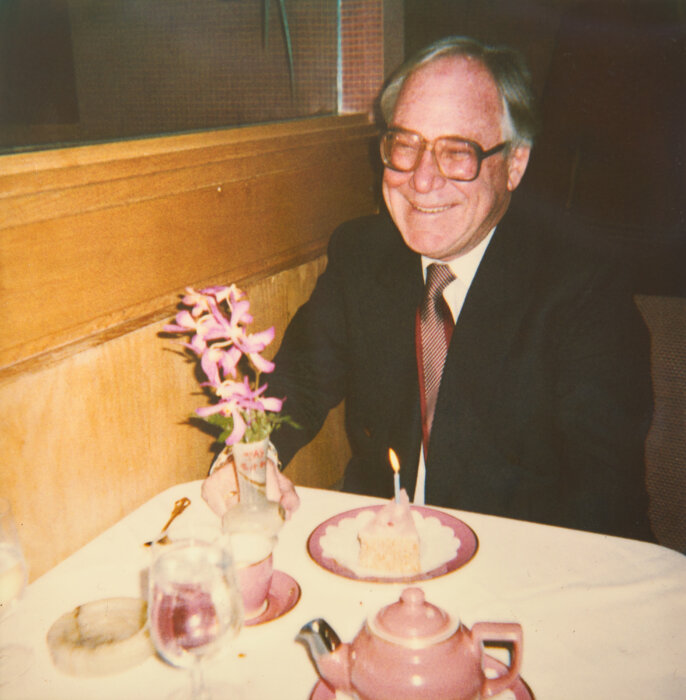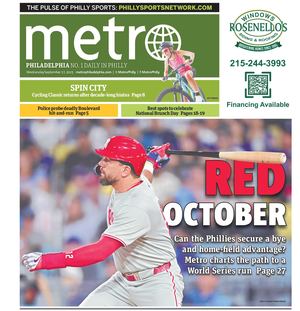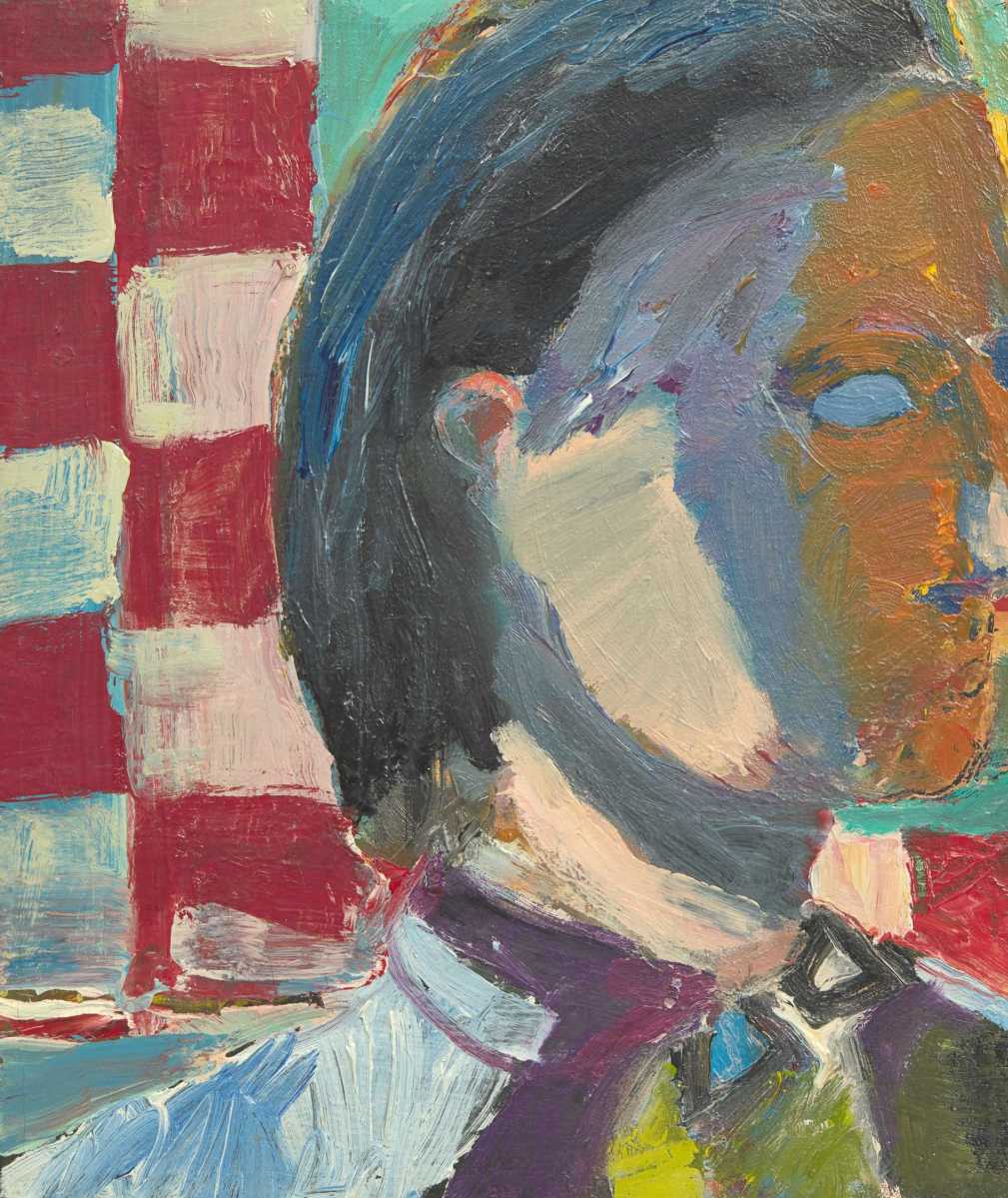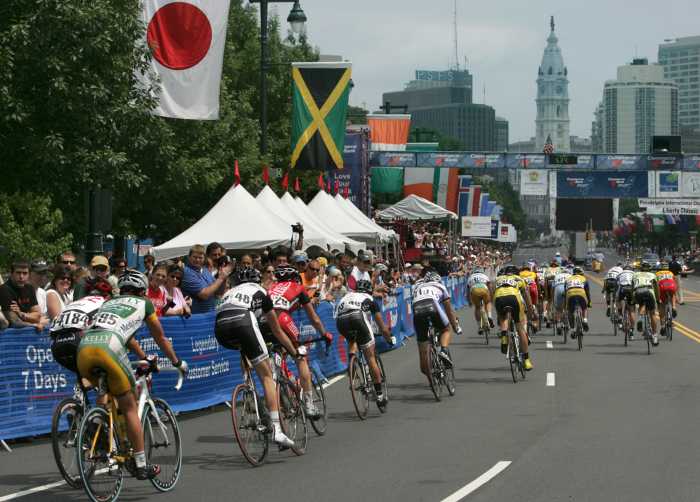Philadelphia philanthropist Sidney Rothberg (1924–2008) was a passionate fine art collector, acquiring important works from Renoir, Diebenkorn, Grosz, Klee, and Warhol, to name a few.
His extensive collection is now available to view in Philadelphia, bringing many global works to public view for the first time in decades.
“What Do You See?” was Rothberg’s signature quote — to daughter Saranne, to anyone entering his home with a curiosity for art. That’s also the name of the Feb. 18-26, free-to-the-public exhibition of 300+ pieces set to go to auction at Freeman’s|Hindman, 2400 Market Street gallery on Feb. 27 and Feb. 28.

“And this is just the tip of the iceberg,” said Saranne, Sidney Rothberg’s daughter, “many of which haven’t been seen by the public in between 20-and-70 years.”
Like friends and mentors at the Barnes Foundation — in particular, curator Violette de Mazia — Rothberg’s eye developed along with his passion and a fierce sense of independence, qualities he encouraged in his daughter Saranne, an acclaimed author, a Stage IV cancer survivor, a podcaster and a graciously expansive and emotional conversationalist.
Allowing Metro to peak behind the curtain of Sidney Rothberg’s voracious feel for collecting, his daughter’s curation tells as much of a story of her father as it does his precious paintings and sculptures, hung at 2400 Market in similar fashion as to how Rothberg arranged his floor-to-ceiling display.

“And it was all interrelated and connected: Tribal masks around the Cubist work they inspired, painters who shared studio space with each other,” says Saranne. “He was bold, adventurous and without instruction manual, much like his eye for collecting… and his being a single father.”
“He trusted his gut – as a collector, a trader and as a father. He was a unique character, and he made me unique, made me a part of his art consciousness,” she continued. “As a child, I was allowed into the adult classes, and told by Violette that I was allowed to play in the Barnes because I looked like a Renoir or Mary Cassat painting.”
To accommodate his daughter and any child who witnessed his collection at their home in the Art Museum area, Rothberg created a “Kids corner” of work hung at toddler’s height which is replicated at Freeman’s. “I didn’t understand when I went to a museum why my neck hurt until dawned on me that no one hung their work low enough for kids, or had comfy chairs. That’s how he brought art to life in our home.”
Rothberg rarely let professionals into his home so to fiercely maintain privacy. “He was about the art, not the glory,” said his daughter. “Yet anyone – neighbors, workers, children of any socio-economic group – who wanted to see his collection got endless amounts of time and education from him. If you wanted to go to auctions or museums, he’d bring anyone who asked.”
In an equally egalitarian fashion, Saranne Rothberg is making sure these rarely-viewed works from her father’s collection get shared, up-close-and-personal free exhibition time before the auction. As a cancer survivor dedicated to helping underserved communities —particularly the homeless and those overwhelmed by trauma and disability — she never associated herself with the art world before this auction.

“He never wanted me to feel as if I was entitled, or better than anyone. I was raised to be about people and service,” she said, reminding Metro that a portion of the auction’s proceeds will go to improving the lives of cancer patients and survivors via the Philadelphia-based American Association for Cancer Research.
“I initially wanted to develop a museum from this collection, but my father didn’t want that,” said Saranne. “I honored his wishes. But I also could not give the responsibility of a collection of this magnitude to a child, such as my daughter. I mean, three weeks ago, I found a mummy that I had forgotten my dad had purchased. This is an enormous collection with an enormous responsibility.”
Instead, she is allowing the world to see, and to own, the greatest and rarest of art treasures.
“When people tell you to get you affairs in order, these are my affairs,” she said of her father’s collection. “I got a miracle when I became cancer-free 22-years-ago. My father taught me not to covet… so I am just the custodian of this collection. I need to pay respect back to the world that made these paintings.”
Saranne Rothberg sobbed softly when she said how she needed the world to understand Sidney Rothberg’s brilliance and that of this collection.
“My father was fiercely ethical, intensely curious and captivated by beauty… the connectivity of why THAT artist took THAT chance at THAT particular time, and how all of that figured into the culture, its music, politics, food and war. He pushed anyone who would listen to think outside-of-the-box — me, in particular. He loved this city. No matter where he went for art, he always came home.”




























